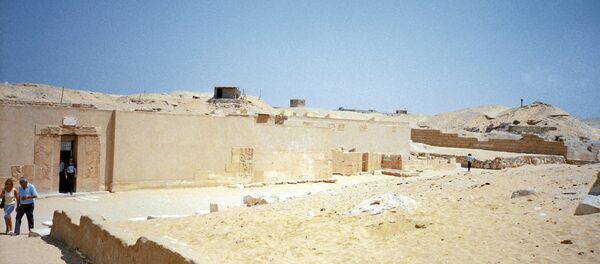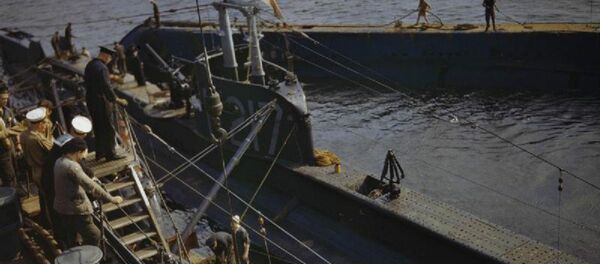Founded by Greek and Macedonian colonists during the 26th dynasty of Egyptian pharaohs, the cities survived the country’s’ occupation, first by Persians and then by Alexander of Macedon’s armies before being taken over by Rome during Queen Cleopatra’s reign.
Then, around 750-800 AD the millennium-old cities were mysteriously submerged several meters into the Mediterranean and their location was lost for centuries before a team of British and French archeologists began large-scale excavations in the Abu Qir Bay in the Nile Delta.
Using side-scan sonar, nuclear magnetic resonance magnetometers and other advanced instruments, divers have recovered thousands of artifacts, including hundreds of statues, gold and silver ornaments along with over 750 ancient anchors and 69 ships, most of them dating back to the 6th – 2nd centuries BC, Nature wrote.
After 15 years of excavations scientists still don’t know the reason why Canopus and Thonis-Heracleion sank.
Many attribute this to an earthquake that happened in 796 or 797 AD that destroyed Alexandria’s gigantic Pharos lighthouse and probably destabilized the clay soils in the Abu Qir Bay, leading to the two cities’ eventual submergence.
With only 5 percent of these two ancient Atlantises having been excavated, scientists are still at the very beginning of their search, Nature wrote.




